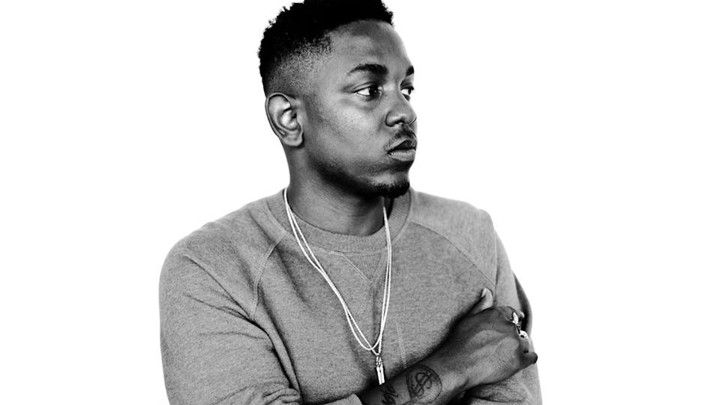Hip hop and its uneasy relationship with popular culture
Hip Hop has always had an uneasy relationship with popular culture. Despite the genre’s prevalence and popularity within mainstream music, it is treated with a fundamental suspicion. The message the music carries is seen as inherently violent and corrosive, even leading Fox News reporter Geraldo Rivera to claim that “hip-hop has done more damage to young African Americans than racism in recent years.” As a phrase, it acts as a manifesto for an entire culture which seeks to reduce the meaning of the genre, stripping it of any positive cultural influence.
Of course, rap music isn’t short of shallow lyrics or conspicuous displays of wealth. Lines such as 2 Chainz’s “She got a big booty so I call her big booty” or Pusha T’s “the only rapper sold more dope than me was Eazy-E” underline a misogynistic, violent undercurrent to hip hop. An argument could be made that by lionizing acts of violence or encouraging listeners to treat women as objects, all the genre does is make things worse. Impressionable listeners from disadvantaged backgrounds would be encouraged to maintain the cycle of violence and engage in the illegal activities venerated by rap songs.
Yet to pigeonhole rap music in this way denies its potential as an art form, its ability to be both political and poetic. The music can penetrate, serving as a challenge to political authority and society at large. For example, on Kendrick Lamar’s ‘The Blacker the Berry’, the rapper proclaims, “Church me with your fake prophesizing that I’ma be just another slave in my head/Institutionalized manipulation and lies.” Over a jagged, boom-bap style beat Lamar looks at the society around him and castigates it for sending out a message that renders people of colour incapacitated, locked in their own mental prison.
To pigeonhole rap music is to deny its potential as an art form
Indeed, rap can be a source of positive cultural change which forces society to look at its own hypocrisies, yet it has more to offer the listener than its political dimension. Rap music stands on its own aesthetically, able to provide moments of beauty and poetry in its lyrics. Consider Nas’ Illmatic, which has lines such as “It drops deep as it does in my breath/I never sleep, cause sleep is the cousin of death”. It’s a phrase that reminds me of Hamlet, another weary hero who refuses to sleep asking, “for in that sleep of death what dreams may come”? Nas is using imagery that is Shakespearean in its colouring, weaving a story of urban alienation that wouldn’t be out of place alongside the novels of Dostoevsky or Kafka.
The merits of the genre are such that even to classify it exclusively as ‘urban’ has discriminatory overtones. Is rap music to be seen as ‘urban’ because it communicates the ideas and desires of a person within the inner city? Yet aren’t these desires universal? To render the influence rap has had and the audience it is addressed to as one that would be solely ‘urban’ again limits its potential.
If rap is urban, then it is because the music originated from urban communities populated with people of predominately black or African descent. Yet if hip hop is ‘urban’, then so is blues music, a genre popularised by African-American communities in America’s deep south. That genre had a wide-ranging influence on the development of rock, influencing among others, Mick Jagger and Jimmy Page. The blues also influenced jazz musicians such as Charlie Parker and that genre’s ‘bebop’ style.
Hip hop has multiple meanings, and to deny its complexities is to restrict the beauty of its message
Yet neither the blues nor jazz is labelled as exclusively ‘urban’ in the present day, despite crossover and interaction with hip hop. For example, in the work of Flying Lotus, who collaborates with both Kendrick Lamar and Herbie Hancock on his jazz-fusion album You’re Dead!. Lamar himself incorporated Lotus along with the talents of Kamasi Washington, Terrace Martin, and bassist Thundercat on his formless, abstract jazz-rap masterpiece To Pimp a Butterfly.
With the complex interaction and boundary-stretching relationship between hip hop and jazz, you’d think both genres would be treated equally. Yet rap music is often regarded as one dimensional, restricted to expressing a form of experience that only ‘urban’ communities could relate to, an attitude at once repressive and wrong. Hip hop has multiple meanings, and to deny its complexities is to restrict the beauty of its message.

Comments